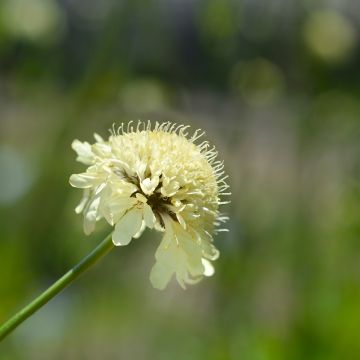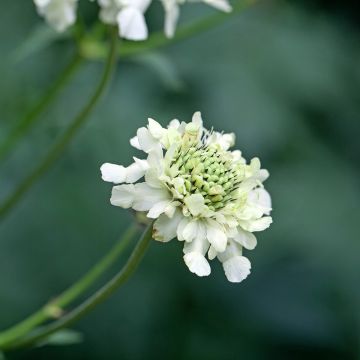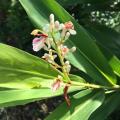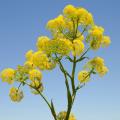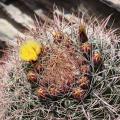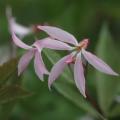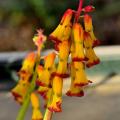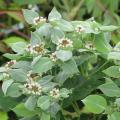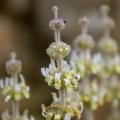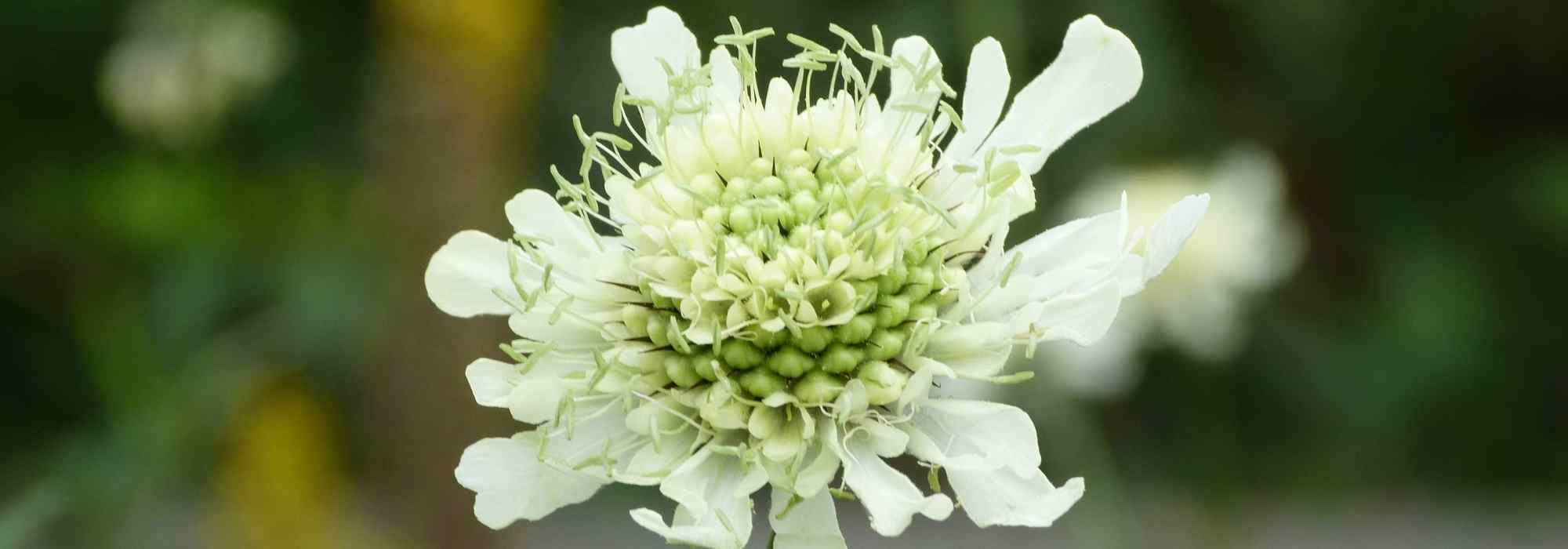Cephalaria
Would this plant suit my garden? Set up your Plantfit profile →
Available in 1 sizes
Available in 1 sizes
Cephalaria or Giant Scabious is a vigorous and hardy perennial plant from the Dipsacaceae family, just like its cousins scabious, Knautia, and teasels. This genus includes around 65 species of annual, biennial, or perennial herbaceous plants, often xerophytic (adapted to dry environments), native to temperate regions of the northern hemisphere. Cephalarias can reach heights from 80cm (32in) to 2m (7ft) when in bloom, with the Cephalaria gigantea being the tallest and most commonly planted in our gardens. These plants form clumps of toothed and deeply lobed leaves. From these clumps emerge tall stems in summer, topped with solitary inflorescences in pale yellow or mauve, resembling scabious flowers. Cephalarias can tolerate various types of soil, as long as they are deep. Cephalaria is ideal for wild gardens, mixed with other spectacular plants such as Verbascum olympicum, Verbena bonariensis, Campanula lactiflora, or Ferula communis... It is worth noting that Cephalaria flowers have good vase life.
Haven't found what you were looking for?





































